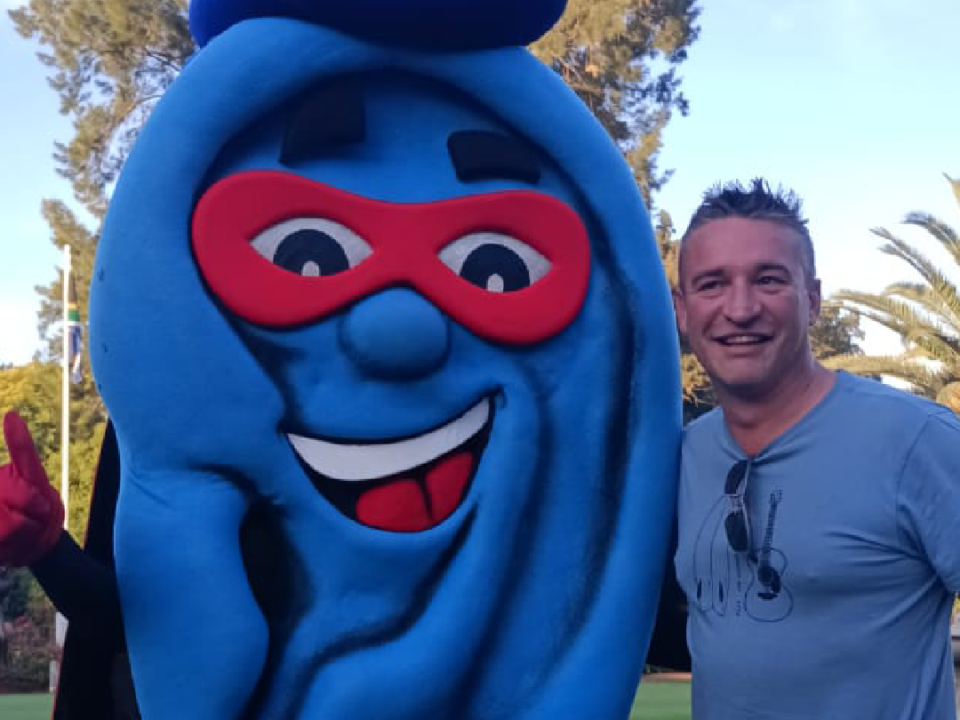
Hearing screening at schools
29th Jun 2021
AUDITORY PROCESSING DISORDERS AND FM SYSTEMS
29th Jul 2021

It is estimated by the World Health Organization that about 34 million children world-wide has a disabling hearing loss. Most of the hearing losses can be prevented or if identified early, can be given proper treatment and management. Children can have a hearing screening as early as 12 hours after birth. Genetics, biology and environmental factors can all influence our hearing abilities in different stages of life. The prevalence of hearing loss in babies is 10 times higher if the baby spent time in Neonatal Intensive Care. Our first hearing test can be a few hours after birth. Most hospital have made it a standard that a baby’s hearing be screened before they are discharged from the hospital. But how does an audiologist check a baby’s hearing when they are so young?
Otoacoustic emissions (OAE)
It is a screening test during which the outer hair cells in our organ of hearing (cochlea) is stimulated. The sound is measured with a small probe in the baby’s ear and the results gives an indication of possible damage in the organ of hearing. The test requires no response from the baby, while they are sleeping or feeding.

Automated Auditory Brainstem Response (AABR)
An AABR evaluates how the sound travels from the organ of hearing to the brainstem. It is measured when a sound is played in your baby’s ear and electrode is placed on their head. The test is especially recommended for baby’s that are identified as high risk.

Both the AABR and OAE results can indicate if there is possibly a hearing loss and if further tests will be required.
What are the risk factors for hearing loss?
- Babies that spent more than 48 hours in NICU
- Family history of hearing loss
- Craniofacial abnormalities
- Postnatal infections after birth such as meningitis
- In-utero infections such as herpes, malaria, CMV and HIV
- Recurrent middle ear infections
- Head trauma
If your child is maybe between the ages of 6 months to 3 years, how will their hearing be assessed by the audiologist?
What do all toddlers enjoy? Lights and singing toys! Visual reinforcement audiometry is used to assess hearing of infants and toddlers that cannot do the normal tests yet. Visual reinforcers such as video animations or lighted toys are placed 90-degrees to each side of the patient to “train” the child to look toward the direction of the sound. The sound can be presented through a speaker or earphones. The audiologist will be able to determine our child’s hearing abilities through their responses to the sound.
If a child is older than 3 years old, conditioned play audiometry can be used to determine their hearing abilities. The audiologist will make a game of the hearing test that will condition the child to for example throw a ball into a basket every time they hear the sound played to them. There are a few methods to ensure that we are able to determine a baby or toddlers hearing abilities. The audiologist will be able to determine what will be the best method for each child.


Here are a few milestones that you can look for in your child
|
Birth to 3 months: – Startles to loud sounds. – Calmed by familiar voices. |
10 to 15 months:
– Points to or looks at familiar objects or people when asked to do so. – Imitates simple words or sounds. – Bounces or makes sounds when music is playing. – Says first word. |
| 3 to 6 months:
– Uses eyes and turns head to look for sound. – Imitates own voice – ‘oohs” “ba ba”. – Enjoys playing with noisemakers. |
15 to 18 months:
– Asks for things by name. – Can follow verbal instructions. – Recognise body parts.
|
| 6 to 10 months:
– Babbles (“ma ma”, “Ba Ba”). – Reacts to music by cooing. – Begins to imitate speech sounds. – Understand common words. |
18 to 24 months:
– Enjoys being read to. – Combines 2 words such as, “want juice”. – Refers to self by name
|
|
24 to 36 months: – Use 2–3-word sentences. – Ask simple questions. – Can communicate needs. – Has a vocabulary of ± 270 words – Express needs, share experiences and interests. |
|
Each child develops at his/her own pace. It is important for you to monitor your baby’s speech and language and ask for help if concerned. If your baby has not had a newborn hearing screening, make sure that you see your audiologist as soon as possible.
References
Deafness and hearing loss. Who.int. (2021). Retrieved 25 June 2021, from https://www.who.int/news-room/fact-sheets/detail/deafness-and-hearing-loss





